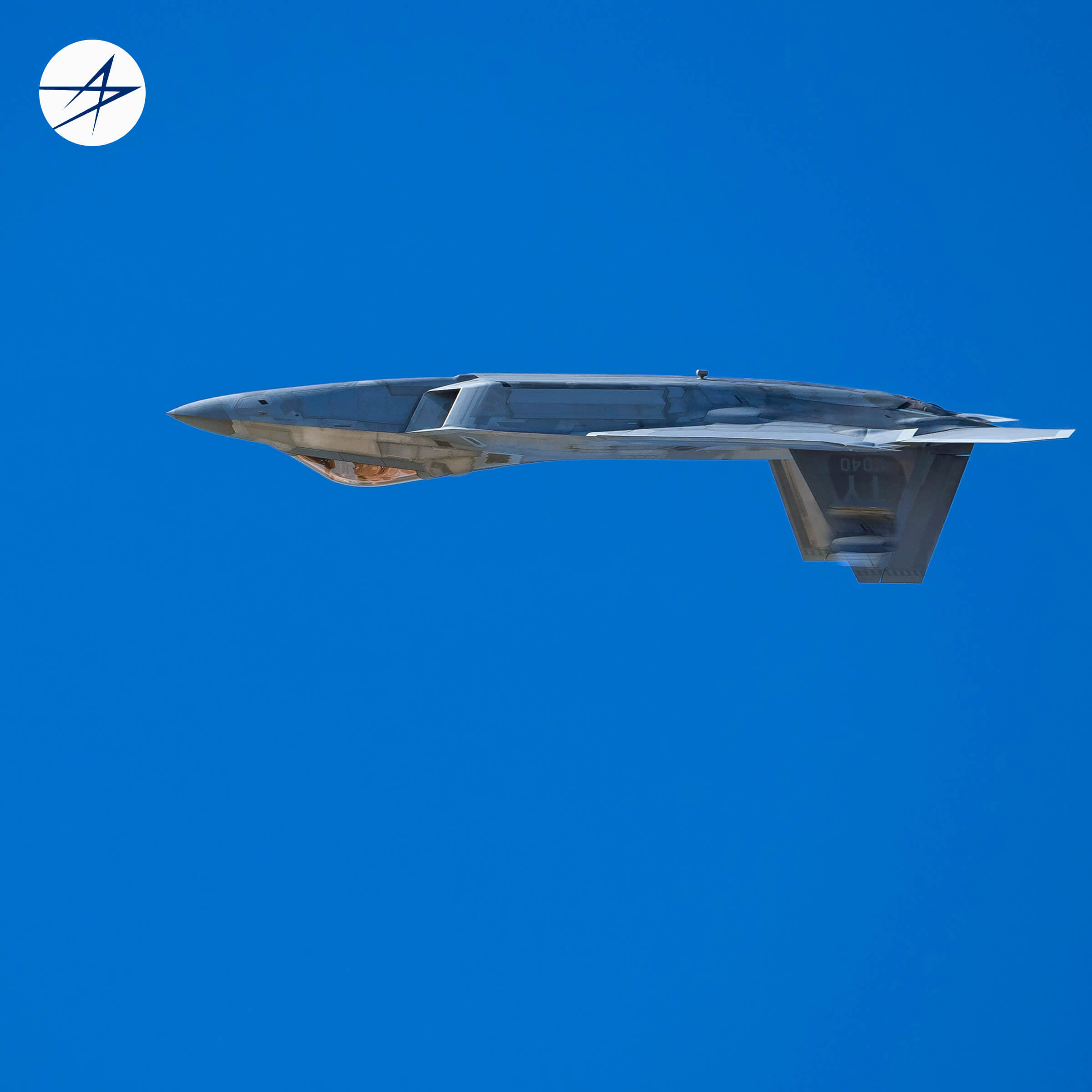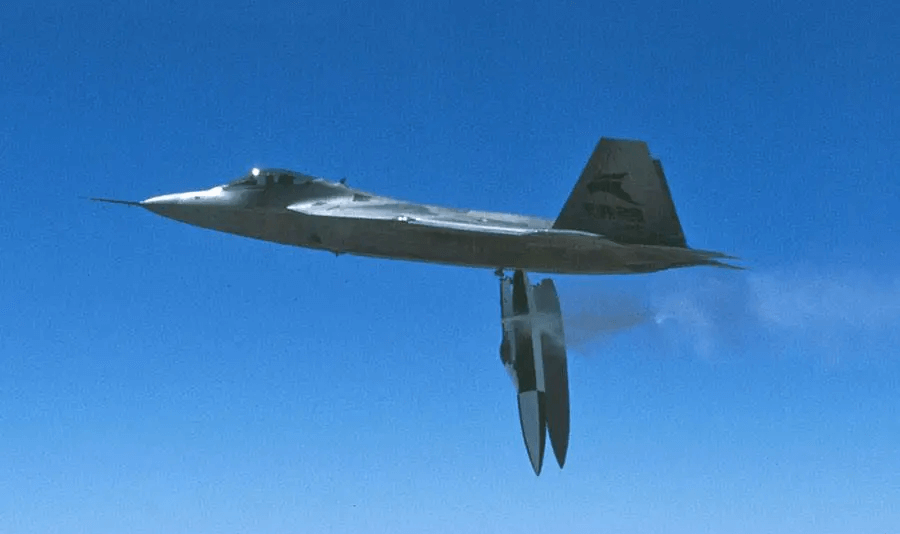The US Air Force’s under-development, B-21 ‘Raider’ bomber, hypersonic weapons, and wingmen drones for its Next Generation Air Dominance (NGAD) fighter will be left with fewer funds and manpower if 33 Block 20 F-22A Raptors remain in service, according to Andrew Hunter, the USAF’s top acquisition official.
US Anti-Tank Missiles Are ‘Struggling To Fire’ In Ukraine; Leaked Documents Reveal A Poor Hit-To-Miss Ratio
Hunter’s statement comes amidst the USAF’s push to retire thirty-three F-22 Raptor stealth fighters and Congress’s pushback against it.
The F-22 Raptor is America’s leading pure air superiority fighter, with total stealth and extreme maneuvering capability to dominate beyond visual range (BVR) and within visual range (WVR) dogfights.
Its retirement plans were slated around 2009 but were pushed after seeing China’s military rise and the introduction of its fifth-generation stealth fighter, the Chengdu J-20 ‘Mighty Dragon’.
Developed by Lockheed Martin, the Raptor came into service in 1997, with the final delivery in 201 of around 187 jets.
But it is also plagued with a series of problems, including a weak radar, absence of an Infrared Search and Track (IRST), costly maintenance and life cycle support, and missing a Helmet Mounted Display (HMD) and stealth paint coating that keeps coming off.
Moreover, a section of military aviation enthusiasts believes stealth is overrated since near-peer adversaries who have technologically caught up with the United States and have networked assets can find ways to beat stealth. A program to integrate an IRST onto it was kicked off only earlier this year.

The F-22 is also not the first defense platform that US lawmakers have been persisting the US military continue using. A-10 Thunderbolts, five Littoral Combat Ships (LCS), and the MQ-9 Reaper armed Unmanned Aerial Vehicle (UAV) are other systems that the US military deems irrelevant in a modern conventional war scenario.
Part of the resistance from Congress is due to eco-political stakes in the defense companies, factories, and assembly lines located in their constituencies. Divesting these platforms would lead to massive unemployment and voter backlash in an economy already expected to head into an unprecedented recession.
Upgrading The Raptor
A program to install an IRST on the F-22A Raptor was kicked off in January this year. Another project is to ready the jet for the under-development AIM-260 Beyond Visual Range (BVR) missile, which is expected to match the Chinese PL-15’s 300-kilometer range. Known as the Raptor Agile Capability Release (RACR), it is aimed at keeping the Raptor upgraded until the NGAD joins the service.
But investing the effort in the Raptor can be used elsewhere, according to Hunter. Defense News quoted him saying, “The concern I have would be our ability to deliver on a Collaborative Combat Aircraft system to complement NGAD.
That’s where I think we start to see impacts. It would limit our ability to dedicate people and resources to an aggressive effort to field that capability.” Hunter made the statement during a media interaction on the sidelines of the Life Cycle Industry Days Conference.
Collaborative Combat Aircraft (CCA) is the name of the other unmanned aircraft with various roles and sizes that will form a part of the manned-unmanned teaming swarm controlled by the NGAD.
The program is one of Air Force Secretary Frank Kendall’s top priorities. The USAF has requested $51.5 million in fiscal 2023 for the CCA project. Hunter also explains that even if more funding is available, it would still be challenging to execute both the f-22 upkeep and the CCA owing to manpower, infrastructural and industrial constraints like supply chain disruptions.

F-22s Still Critical Before Russia & China
With the war in Ukraine showing no signs of subsiding and fears of Russia clashing with the North Atlantic Treaty Organization (NATO) rife, 12 Raptors arrived in central Poland earlier this month.
They would be vital in achieving air superiority over Russia’s Su-57 and Su-35S in collaboration with the F-35 used by other European countries and Gen. 4++ fighters like the Eurofighter Typhoon.
In China, while it would be the F-35 leading the air campaign, even the F-22s will play a significant role in taking on China’s J-20 and Su-35S.
While the US is expected to lose a naval war owing to its many logistical constraints in the western Pacific admitted by its military leaders, it stands to be able to do substantial damage to the People’s Liberation Army Air Force (PLAAF).
However, it will remain a military, political and strategic defeat.
- The author can be reached at satamp@gmail.com
- Follow EurAsian Times on Google News




